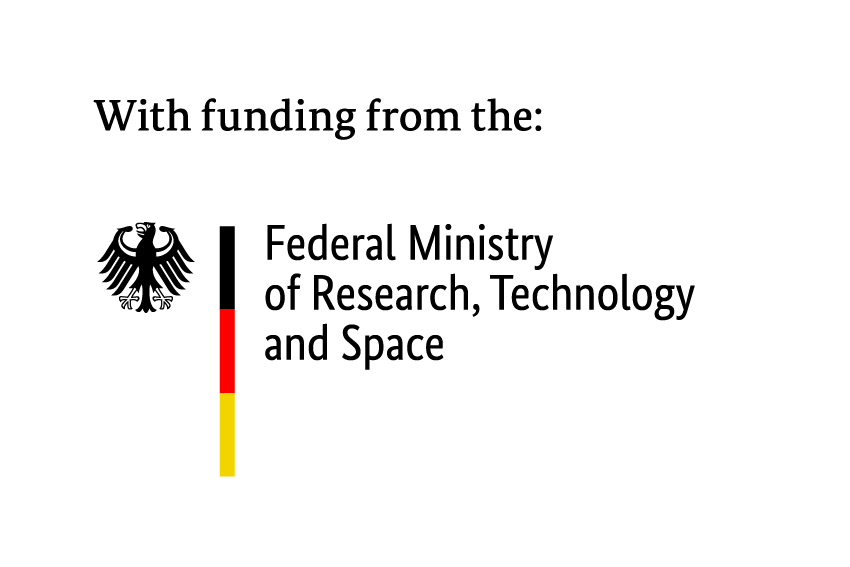Dr. Paul Bodesheim
Presentation:
Machine Learning for upscaling, event detection, and biodiversity monitoring
This presentation provides an overview of selected applications for Machine Learning methods in Earth and environmental sciences, including Deep and Non-Deep Machine Learning approaches. Depending on the task at hand and the data that is available in a certain domain, also traditional Machine Learning methods show good performance and it is not necessary to always and only apply Deep Neural Networks. By careful modeling of the problem, non-deep methods become a suitable choice to consider as well.
It is also possible to combine both worlds (traditional Machine Learning and Deep Learning) to train powerful models. Furthermore, many real-world applications call for adaptive models that need to be updated and improved over time in a continuous learning scenario when additional data becomes available. All these different aspects are discussed for tasks like upscaling of site-level measurements (carbon and energy fluxes as well as tree-rings) to gridded data products, event detection in time series data, and visual biodiversity monitoring using camera traps.
Bio
Paul Bodesheim received a diploma in computer science (Dipl.-Inf.) as well as a PhD in computer science (Dr.-Ing.) from the Friedrich Schiller University Jena (Germany) in 2011 and 2017, respectively. As a PhD student in the Computer Vision Group of the Friedrich Schiller University Jena, he mainly focused on novelty detection in visual object recognition and his dissertation is entitled “Discovering unknown visual objects with novelty detection techniques”. Afterwards, he joined the Max Planck Institute for Biogeochemistry Jena (Germany) as a postdoc, working for the EU Horizon 2020 project “BACI: Towards a Biosphere Atmosphere Change Index”. His research topic in this project has been the application of machine learning algorithms for predicting Earth observation data, in particular for upscaling site-level measurements to produce spatially resolved maps. In 2018, he returned to the Computer Vision Group of the Friedrich Schiller University Jena as a postdoctoral researcher, where he is a team leader for “Computer Vision and Machine Learning” since June 2020. His main research interests are visual object recognition, learning from small and imbalanced data, novelty detection and open set recognition, active learning and lifelong learning, as well as fine-grained recognition and its applications in biodiversity research, including the identification of plants, mammals, birds, and insects.
Find Dr. Bodesheim’s website: here.


